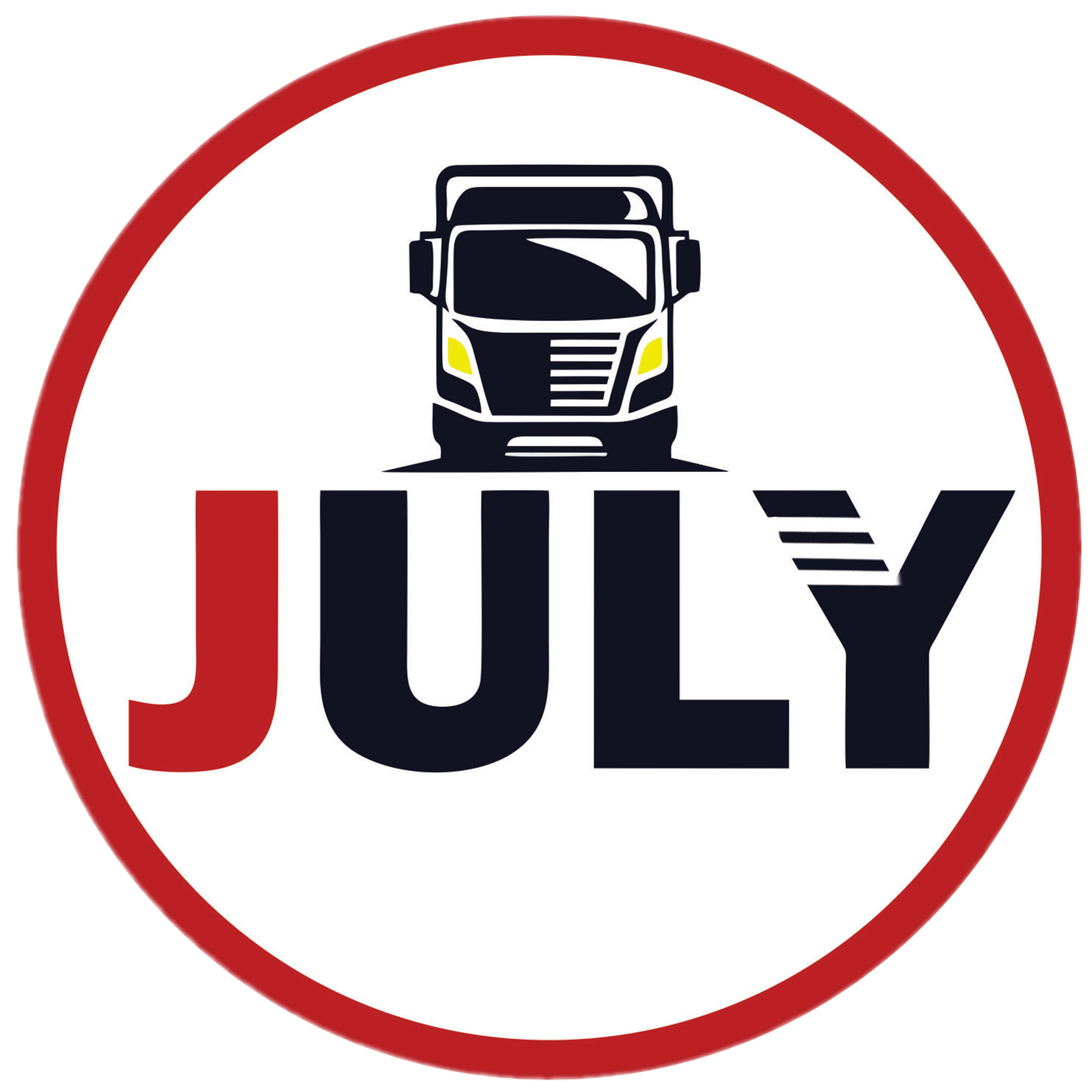CUMMINS DFSK DFM DFAC DONGFENG TRUCK PARTS DFL4251 DFL3251 5258744 DONGFENG XIAOKANG DONGFENG MINIBUS K17 5266969 5272666 5293669 5264757 5263374 5288908


CUMMINS DFSK DFM DFAC DONGFENG TRUCK PARTS DFL4251 DFL3251 5258744 DONGFENG XIAOKANG DONGFENG MINIBUS K17 5266969 5272666 5293669 5264757 5263374 5288908



Brake boosters are vacuum-powered vehicle elements that increases brake pressure in accordance with pedal action.
If your vehicle brakes are doing less with more foot pressure on pedal, you might have a bad brake booster. Here are some repair tips.
Test Check Valve
Locate your brake booster on the driver’s side in the engine compartment. It should be bolted to the firewall and have the brake master cylinder bolted to it. Find the vacuum hose that connects booster to engine. Carefully pull it free of rubber grommet in booster, listening for sound of air movement.
If you don't hear any sound, you might have a ruptured diaphragm in your booster, or a failed check valve at the booster end of the vacuum hose.
Test the check valve by disconnecting it from the hose and blowing through it both directions. If air passes easily in both directions, the valve has failed. It should pass air in only one direction, from booster side to hose side.
If the valve fails this test, it will need replaced with a new check valve—available online or at most automotive parts stores.
If the check valve passes this test, move on to the brake booster.
Repair/Replace Brake Booster
Using the correct tools for the fasteners on your vehicle, remove master cylinder from booster.
Tie the master cylinder to one side with mechanics wire or some stout twine.
Most installations will not require brake line removal. Get inside the vehicle and look under dash, where you can disconnect the booster push rod from the brake pedal.
In the engine compartment, remove the fasteners from behind the mid-portion of the brake booster, disconnecting it from the firewall. Remove brake booster and repair as instructed in repair kit or replace with new/rebuilt booster.
Reassemble in reverse order of removal.
Test Your Repair
After reassembly, start the engine and test the pedal for correct brake operation. If you find improved pedal response, take a short slow speed test drive, even just in your driveway, and check the braking action. If the brake's response is satisfactory, you've successfully repaired/replaced your brake booster.